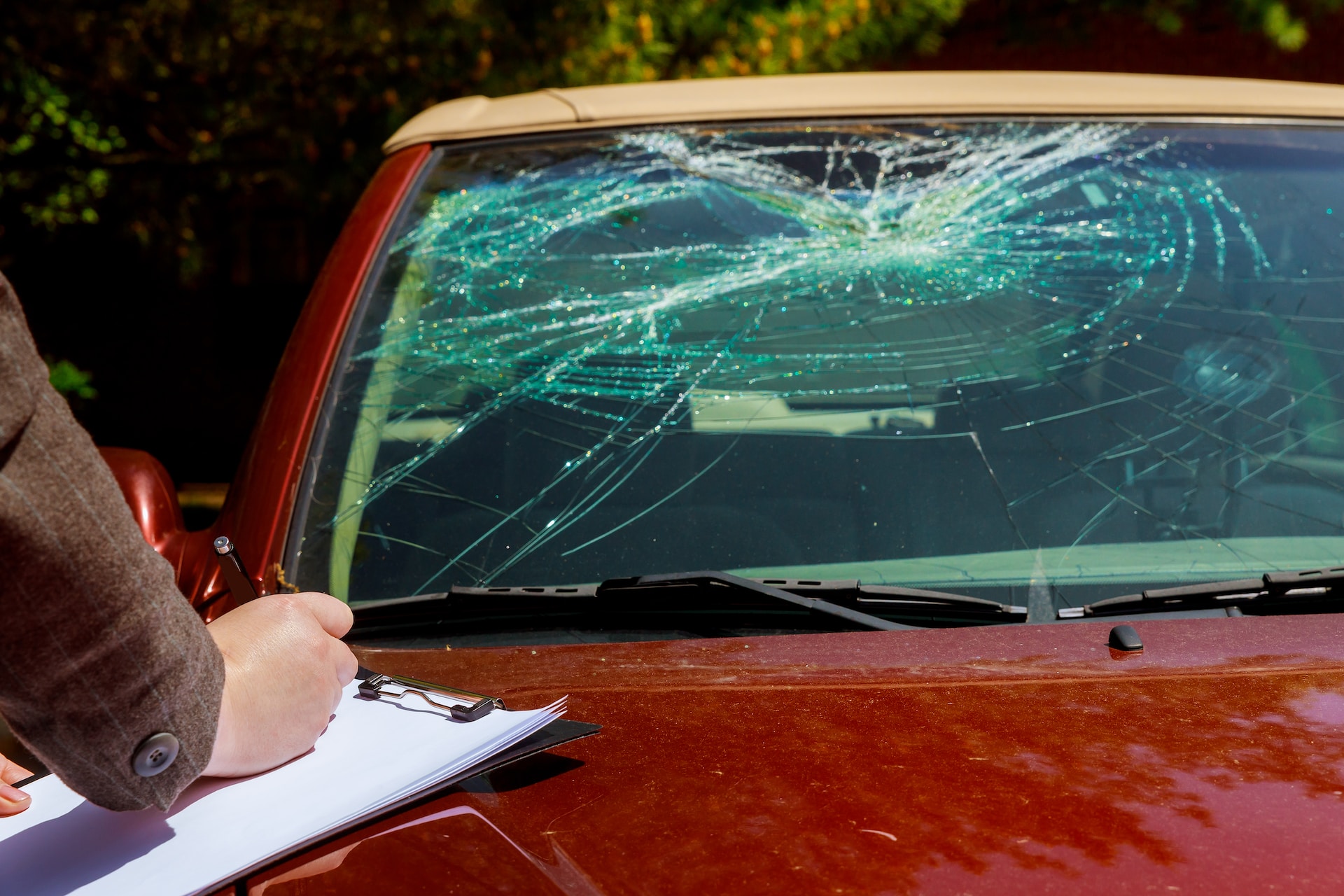
Rear-end collisions are one of the most common types of car accidents, often resulting in a wide range of injuries and damages. While these accidents may, at times, appear straightforward, navigating the legal aspects of a rear-end collision can be surprisingly complex.
To successfully claim compensation and protect your rights, it’s essential to understand the nuances of liability, insurance coverage, and the evidence needed to support your case. Partnering with a skilled car accident attorney can profoundly impact your ability to secure fair compensation and effectively manage the challenges that rear-end collision cases may present.
In this article, we’ll explore the unique aspects of rear-end collision cases, focusing on liability issues and common misconceptions surrounding fault. We will discuss the importance of gathering evidence and seeking prompt medical treatment to document injuries and substantiate your claim, along with essential tips and strategies to maximize your compensation.
Additionally, we’ll emphasize the indispensable role an experienced car accident attorney plays in guiding you through the complex process of pursuing a rear-end collision claim. From assessing damages and building a strong case to negotiating with insurance adjusters and advocating for your rights in court, an attorney can make the difference between a fair settlement and insufficient compensation.
1. Dispelling Misconceptions Around Rear-End Collision Fault
A common misconception in rear-end collisions is that the driver of the rear vehicle is always at fault. While this may often be the case, other scenarios may involve shared responsibility among multiple parties or a situation where the front vehicle driver is predominantly at fault. Examples include:
– Sudden lane changes or cutting off another vehicle
– Reversing without warning
– Brake-light malfunction, rendering the vehicle’s actions more unpredictable
Knowing that fault determination is not absolute in rear-end collisions, it’s essential to examine the events leading up to the accident in detail and gather evidence supporting your claim.
2. Gathering Evidence and Seeking Medical Treatment
To strengthen your case and validate your claim for compensation, it’s crucial to collect evidence related to the accident and seek immediate medical attention:
– Document the scene: Take photos and videos of the accident, capturing damage to the vehicles, road conditions, and any skid marks. This visual evidence can help determine fault and demonstrate the extent of damages.
– Obtain witness statements: Collect contact information from witnesses who can provide an account of the accident and support your claim.
– Seek medical treatment: Prompt medical attention is imperative, not only for your well-being but also for creating a record of your injuries. A thorough medical evaluation can substantiate your claim by linking your injuries to the rear-end collision.
– Request a police report: A police report can provide an official account of the accident, including details of the parties involved, location, and potential citations issued. This report can be used as evidence to support your claim.
3. Filing a Claim and Maximizing Compensation
After a rear-end collision, the steps you take to file a claim can significantly impact the compensation you receive:
– Notify your insurance company: Report the accident to your insurer as soon as possible, providing accurate and clear information. Avoid admitting fault, as this can be used against you during the claims process.
– Document your losses: Keep track of all expenses related to the accident, including medical bills, lost wages, and property damage repair estimates. Comprehensive documentation ensures maximum compensation.
– Understand your coverage: Familiarize yourself with the details of your insurance policy, including coverage limits and deductibles. Knowing your coverage can help avoid disputes and disappointments.
– Work with an attorney: Collaborate with an experienced car accident attorney who can guide you through the claims process, negotiate with insurance companies, and pursue full compensation for your damages.
4. The Key Role of an Experienced Car Accident Attorney in Rear-End Collisions
Efficiently navigating a rear-end collision case often depends on the support and expertise of a skilled car accident attorney:
– Evaluating fault and damages: An attorney can meticulously examine the circumstances surrounding the accident, assess fault, and ensure an accurate evaluation of your losses.
– Negotiating with insurance companies: Your attorney can communicate and negotiate with insurers on your behalf, fighting for the best possible settlement.
– Building a strong case: If a settlement agreement cannot be reached, your attorney can represent you in court to secure fair compensation. They can build a persuasive case, utilizing evidence such as witness statements, police reports, and medical records.
Final Thoughts
Successfully navigating the intricacies of rear-end collision cases and securing fair compensation requires a comprehensive understanding of liability and a strong commitment to gathering evidence and seeking prompt medical attention. By enlisting the assistance of an experienced car accident attorney, you can ensure your rights are protected and that you receive the maximum compensation possible.
By approaching the aftermath of a rear-end collision with diligence and persistence, you can move forward with the confidence that you’ve done everything possible to protect yourself and secure the resources you need for a successful recovery.
Embrace the support and expertise of a dedicated legal professional, and take control of your future after a rear-end collision — contact our expert auto accident injury lawyers at Car Accident Help today!